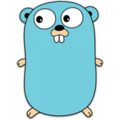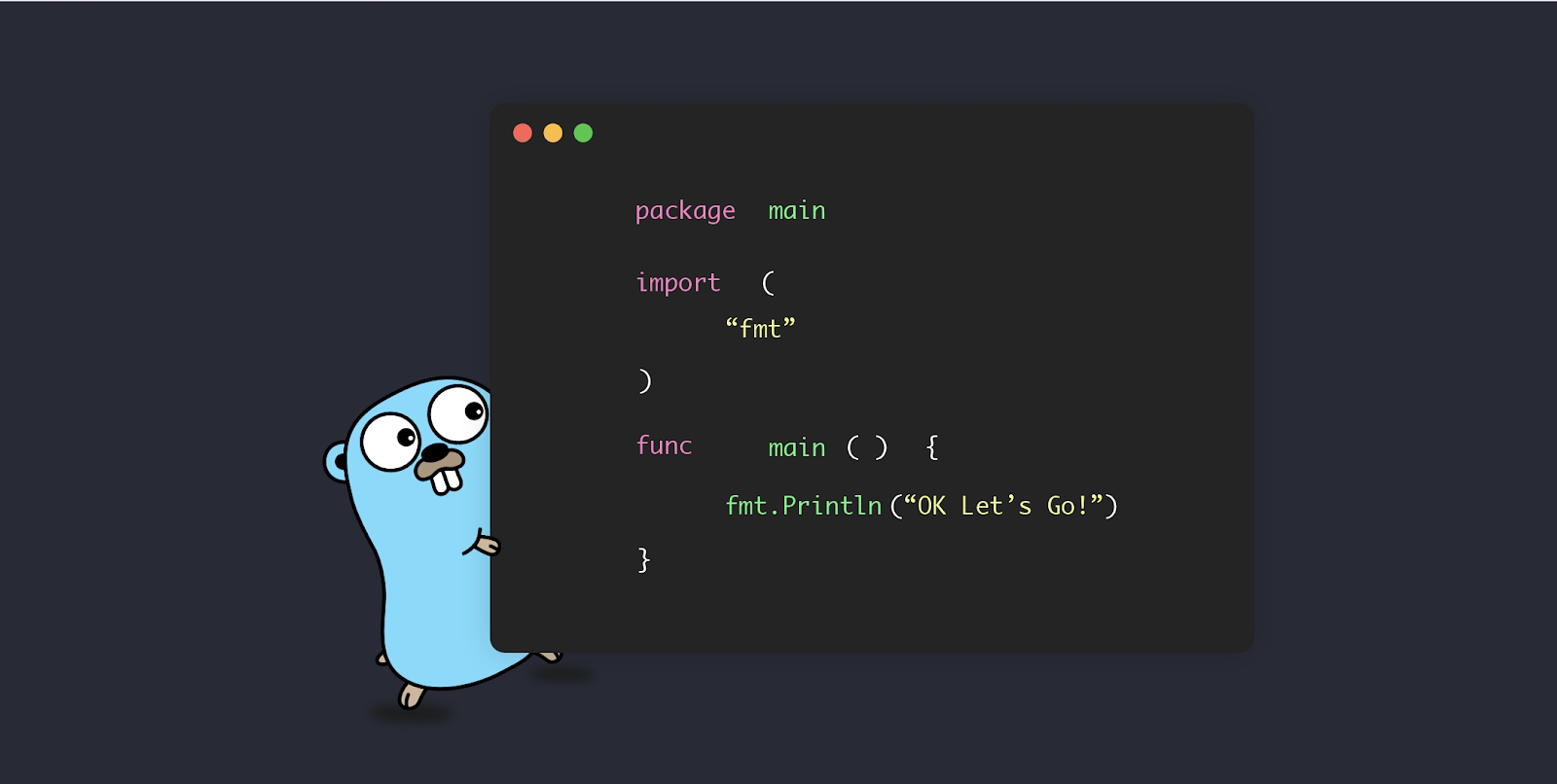Demystifying Golang Datatypes: A Practical Guide with Code Examples
Golang, also known as Go, is a powerful and efficient programming language renowned for its simplicity and concurrency support. Central to writing effective Go code is a solid understanding of datatypes. In this blog post, we'll dive into the world of Golang datatypes, exploring primitive, composite, and interface datatypes with practical code examples.
1. Primitive Datatypes:
Primitive datatypes in Go represent basic data types that are not composed of other types. These include integers, floating-point numbers, booleans, and strings.
Example:
```go
package main
import "fmt"
func main() {
// Integer Datatype
var num int = 42
fmt.Println("Integer:", num)
// Float Datatype
var pi float64 = 3.14
fmt.Println("Float:", pi)
// Boolean Datatype
var isTrue bool = true
fmt.Println("Boolean:", isTrue)
// String Datatype
var message string = "Hello, Golang!"
fmt.Println("String:", message)
}
```
2. Composite Datatypes:
Composite datatypes in Go are built from other types and are used to create more complex data structures. Examples include arrays, slices, maps, and structs.
Example:
```go
package main
import "fmt"
func main() {
// Array Datatype
var numbers [3]int = [3]int{1, 2, 3}
fmt.Println("Array:", numbers)
// Slice Datatype
var names []string = []string{"Alice", "Bob", "Charlie"}
fmt.Println("Slice:", names)
// Map Datatype
var ages map[string]int = map[string]int{"Alice": 30, "Bob": 35, "Charlie": 40}
fmt.Println("Map:", ages)
// Struct Datatype
type Person struct {
Name string
Age int
}
var person1 Person = Person{Name: "Alice", Age: 30}
fmt.Println("Struct:", person1)
}
```
3. Interface Datatypes:
Interfaces in Go provide a way to specify the behavior of an object without requiring a specific type. They enable polymorphism and code reuse.
Example:
```go
package main
import (
"fmt"
"math"
)
type Shape interface {
Area() float64
}
type Rectangle struct {
Width float64
Height float64
}
func (r Rectangle) Area() float64 {
return r.Width * r.Height
}
type Circle struct {
Radius float64
}
func (c Circle) Area() float64 {
return math.Pi * c.Radius * c.Radius
}
func main() {
rectangle := Rectangle{Width: 5, Height: 3}
circle := Circle{Radius: 2}
shapes := []Shape{rectangle, circle}
for _, shape := range shapes {
fmt.Printf("Area: %.2f\n", shape.Area())
}
}
```
Conclusion:
Understanding Golang datatypes is fundamental to writing efficient and maintainable code. By mastering primitive, composite, and interface datatypes, you'll be well-equipped to tackle a wide range of programming tasks in Go. Experiment with the code examples provided and explore further to deepen your understanding. Happy coding!


Comments
Post a Comment